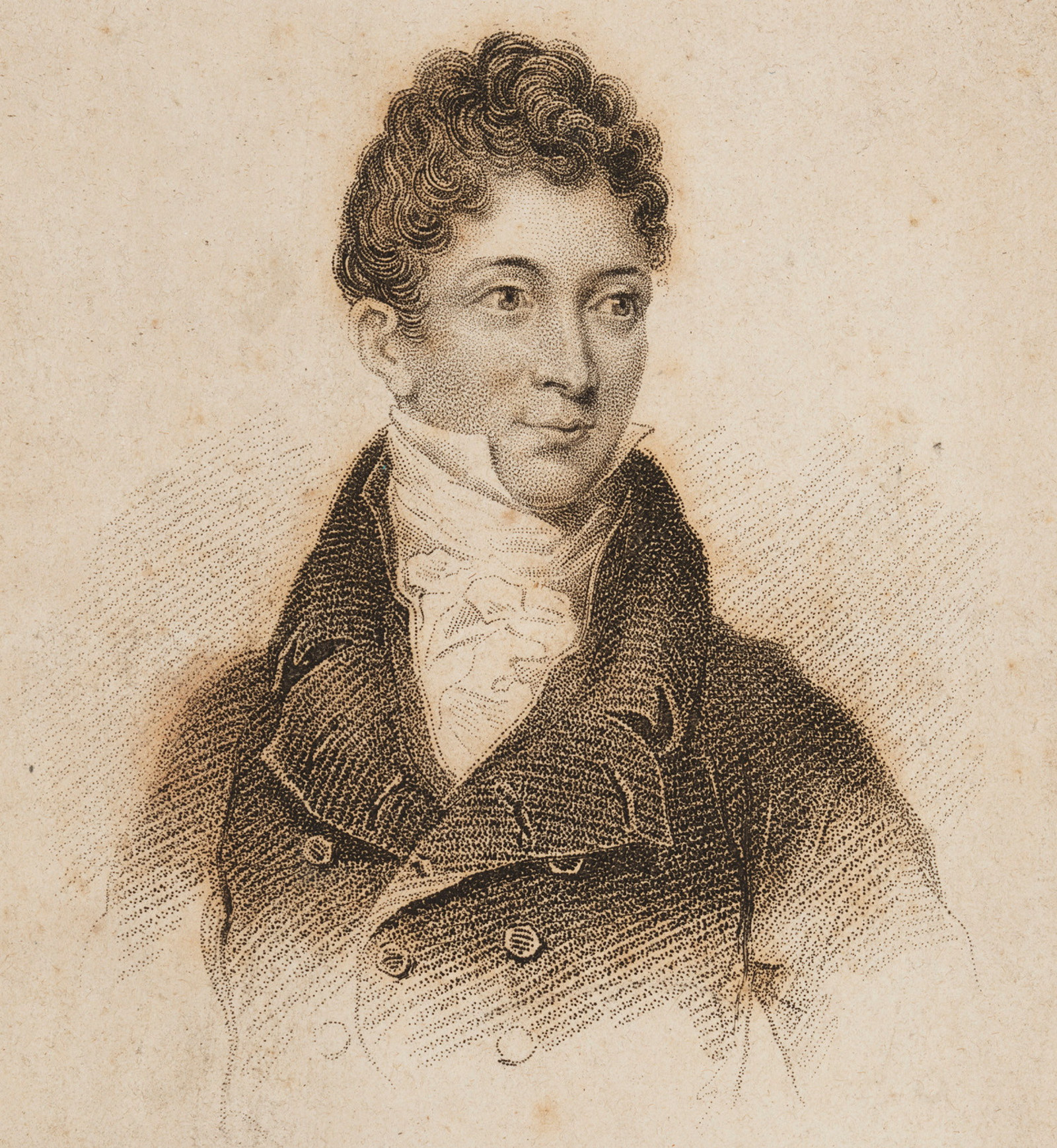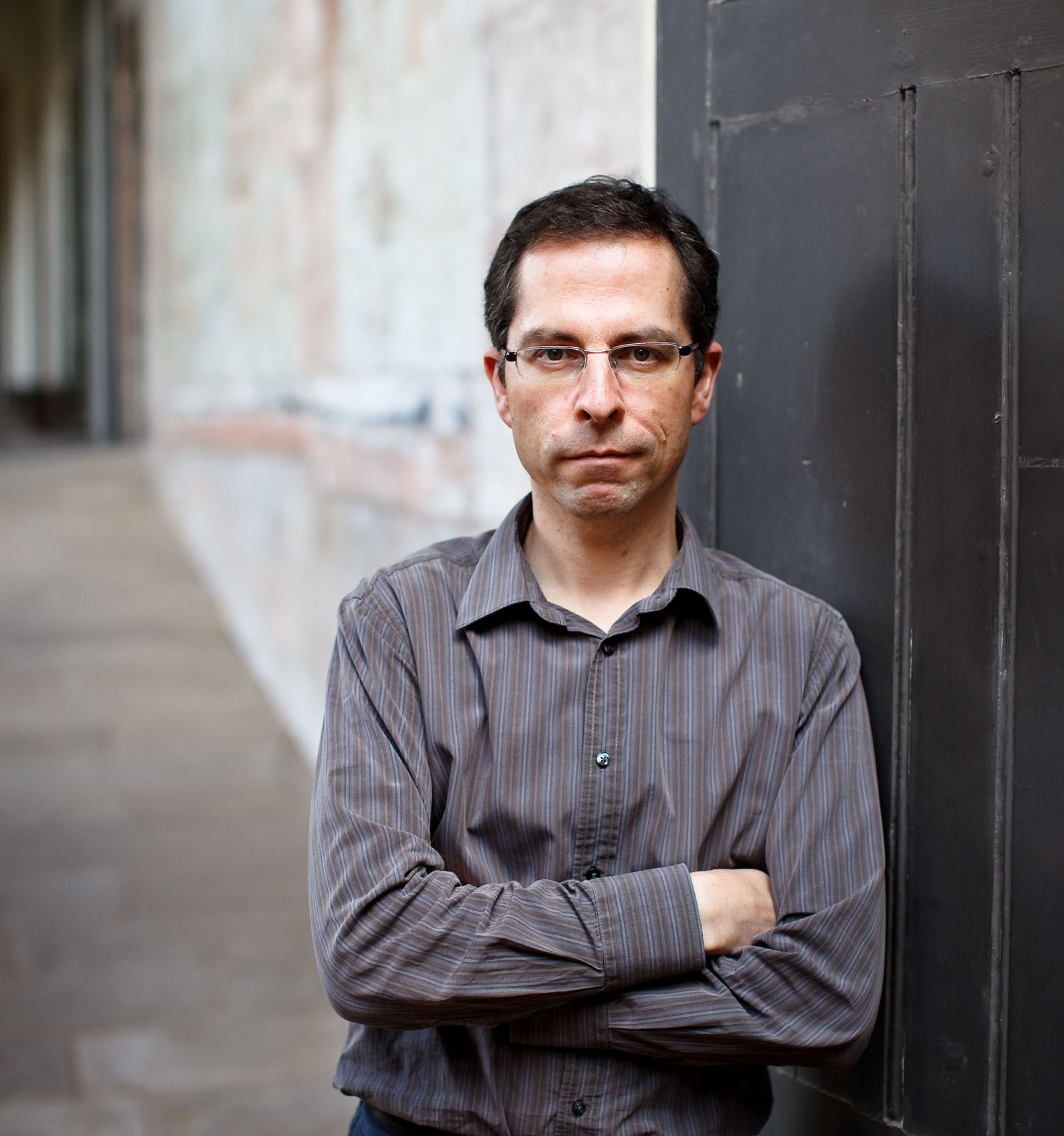George Korody’s furniture and textile designs
Professor George Korody (1890–1957) was a Hungarian émigré architect and designer and advocate for modern functional furnishings and interiors in post-World War II Australia. Together with Elsie Segaert (1896–1979), he founded fine furnishings retailer Artes Studio (later Studios) in 1945, and was its principal designer of furniture and textiles until his death in 1957.
However, before arriving in Australia in April 1940, Korody had a successful design career in Europe, particularly in his native Hungary. He trained as an architect, graduating in 1911, and for almost 30 years worked alternately as an architect, interior designer and a designer of furniture and furnishings, particularly carpets and tapestries through his own flourishing business. In the 1930s he was also a teacher of tapestry weaving, painting, woodworking and technical drawing.
Korody and Segaert opened Artes Studios’ first retail outlet at 222A Castlereagh Street Sydney in 1947, but this was replaced in 1954 by a larger store at 539 George Street Sydney. Artes Studios sold furniture, textiles, a range of other furnishings and ornament and also offered an interior design service. The aim of the business was always to produce and sell sophisticated design that suited the Australian lifestyle and climate. Korody supported these ideas in deed and word and encouraged functionalist ideas in furniture design. However, his textile designs, which were an important part of Artes Studios’ early business success, were more decorative and often influenced by the Hungarian folk tradition.
Korody was also insistent that the term ‘interior design’ and not ‘decoration’ be used to describe his work on interiors. He was one of the first members to join the Society of Interior Designers of Australia (SIDA), a new body formed in 1951 to represent the interests of the profession. And he was on the exhibition design committee for SIDA’s first exhibition of display rooms in 1953.
After Korody's death, Dick van Leer, who had been manager of Artes Studios since the early 1950s, took over the firm and ran it successfully for many years. In 1979, Artes Studios was sold to Kevin Jarrett and eventually merged with competitor Arredorama; shortly after it was rebranded as Space Furniture.
Further reading
Jeromie Maver, ‘Design for happiness : George Kóródy and Artes Studios’, in Rebecca Hawcroft, ed., The other moderns : Sydney's forgotten European design legacy, NewSouth Publishing, Sydney, 2017.
More stories
Browse all
Convict Sydney
James Hardy Vaux
Some convicts were transported more than once. Vaux was sent to the colony three times, each time arriving under a different name

Convict Sydney
Pick of the crop
Convicts could earn good money doing private work, so many tried to conceal their skills during the initial muster to avoid being assigned to government projects

Convict Sydney
Instructions to the Superintendent
Written as a guide for the Superintendent of Convicts and his staff at Hyde Park Barracks, this 1825 booklet was effectively the rule book, and outlined procedures for the daily administration of the institution
Published on
